Why Iran won’t tolerate closure of its ancient borders with Armenia
By Arwin Ghaemian
In the aftermath of the Russo-Persian Wars (1804–1828), Azerbaijanis living around the northern Aras River lamented the Russian occupation and tragic separation from their motherland Iran.
Since then, Azerbaijani folk music has been characterized by melancholic tunes, in somber remembrance of the catastrophe.
After the collapse of the Soviet Union, Nagorno-Karabakh, a mountainous enclave, was wrested by the Russian-backed Armenians from Azerbaijan in an ethnic clash that took place in the early 1990s.
After the outbreak of the war, Iran did not hesitate to assign senior military advisers such as General Mansour Haghighat-Pour to organize the Azeri troops.
In the wake of confrontations against the Armenian aggressors, Haghighat-Pour and his aides personally oversaw the equipping and training of the Azerbaijani army.
At the time, Heydar Aliyev, then-president of Azerbaijan and a former cunning KGB general, stated in a military parade that he intended to award the Iranian officer with the country's Order of Honor.
Hundreds of noble Iranians sacrificed their lives during the first Nagorno-Karabakh War (1988–1994) to liberate Armenian-occupied territories.
There is still a cemetery in Baku where fallen Iranian martyrs lie buried.
Iran’s armed forces also responded to the Armenian advancement toward Nakhchivan, a landlocked Azeri territory, by deploying artillery in the area.
Iran also welcomed with open arms over 70,000 Azeri civilian refugees who fled from the invading Armenian forces. The influx of Azeri refugees in a country grappling with a fledgling economy following eight years of war with Iraq’s Ba’athist regime was considered a “duty” by Iranian officials.
Following the cessation of hostilities between Azerbaijan and Armenian, Leader of the Islamic Revolution Ayatollah Seyyed Ali Khamenei, who is himself of Azerbaijani descent, visited Tabriz, the capital of Iran’s northwestern province of Azerbaijan, on July 27, 1993.
“The Armenian government and the Armenians of Karabakh have recently committed oppressive measures against the Muslims in that region, and we condemn these atrocities," he remarked at the time. "We expect that the Armenians in Iran will equally denounce the mistreatment of Armenians."
On September 27, 2020, the long-running conflict between Armenia and Azerbaijan over the Nagorno-Karabakh region escalated into a 44-day war.
In the wake of clashes between Baku and Yerevan, the representatives of Ayatollah Khamenei, who are also Imams of Friday prayers in four northwestern Iranian Azeri-populated provinces, declared unequivocal support for the liberation of the occupied Azerbaijani territories.
The Azeri-speaking clergymen regarded the liberation of Armenian-occupied territories as an inalienable national right of the Azerbaijanis.
Seyyed Mohammad Ali Ale-Hashem, the representative of Ayatollah Khamenei in East Azerbaijan province, cited the Leader as saying that Karabakh is a part of the Islamic world.
In a speech broadcast live on state television on November 3, 2020, Iran’s Supreme Leader said: “Azerbaijani lands occupied by Armenia should be liberated and returned to Azerbaijan,” according to state television.
He stressed that the war should end quickly, the ethnic Armenians of Nagorno-Karabakh are protected, and no boundary modifications are accepted.
After the liberation of Şuşa, the second-largest city in Nagorno-Karabakh, on November 9, 2020, Armenia and Azerbaijan signed a ceasefire agreement brokered by the Kremlin, putting a temporary end to the lingering conflict that had been frozen since 1994.
The liberation of the occupied areas by the Republic of Azerbaijan was welcomed by the Iranian public and the government, bearing testament to the profound cultural, religious, and historical heritage between the two countries.
Nevertheless, the loss of Armenian control of one-third of Nagorno-Karabakh and all seven Azerbaijani districts it previously controlled heralded a dramatic shift in geopolitical realities in the South Caucasus, a mosaic of intermingled ethnic groups.
But Azerbaijan, many would argue, forgot the adage “Nōlī manum qvæ tē alit mordēre,” which translates into ‘do not bite the hand that feeds you.’
The country's long-coveted ambition to have unrestricted access to the Nakhchivan Autonomous Republic through the so-called “Zangezur Corridor” is a key factor in recent tensions between Baku and Yerevan.
However, the crux of the problem is that, if implemented, the purported corridor that passes through Armenia’s southern Syunik province would sever Iran’s connections with Armenia.
Armenia opposes this scenario because it constitutes a violation of the country's sovereignty over a vital part of its territory.
Iran also would not accept any modifications to its northern borders, which block it from accessing the European markets and jeopardize its commercial North-South Corridor, which links Iran to Russia and Central Asian republics.
With its eyes on Syunik, Baku’s recent provocations in this regard have been met with concern in Iran.
As Ayatollah Khamenei recently reminded Turkish President Recep Erdogan, Tehran will not tolerate the closure of its ancient borders with Armenia.
The mood in Tehran suggests that all options will be on the table if Baku goes ahead and occupies the 38-kilometer-wide Jermuk region of Armenia to reach Nakhchivan. That will be tantamount to crossing the red line.
Arwin Ghaemian is a Ph.D. student at Tehran University, specializing in Iranian Qajar history. He resided in Arabic countries for nearly two decades. His expertise is Iran's modern history as well as the Middle East's socio-economic and security issues.
(The views expressed in this article are the author's own and do not necessarily reflect those of Press TV).
1.6 million Palestinians face acute food insecurity in Gaza: UNRWA
VIDEO | Free the Palestine hunger strikers in British jails ft. Calla Walsh
VIDEO | Press TV's news headlines
Iranian missile pierced window of Israeli intel chief's office in June, says senior general
VIDEO | Paper state politics
VIDEO | Press TV correspondent injured by Israeli rubber bullets in West Bank live coverage
'We will never leave all of Gaza': Israel's war minister signals permanent occupation
Greta Thunberg arrested at London protest supporting Palestine Action hunger strikers


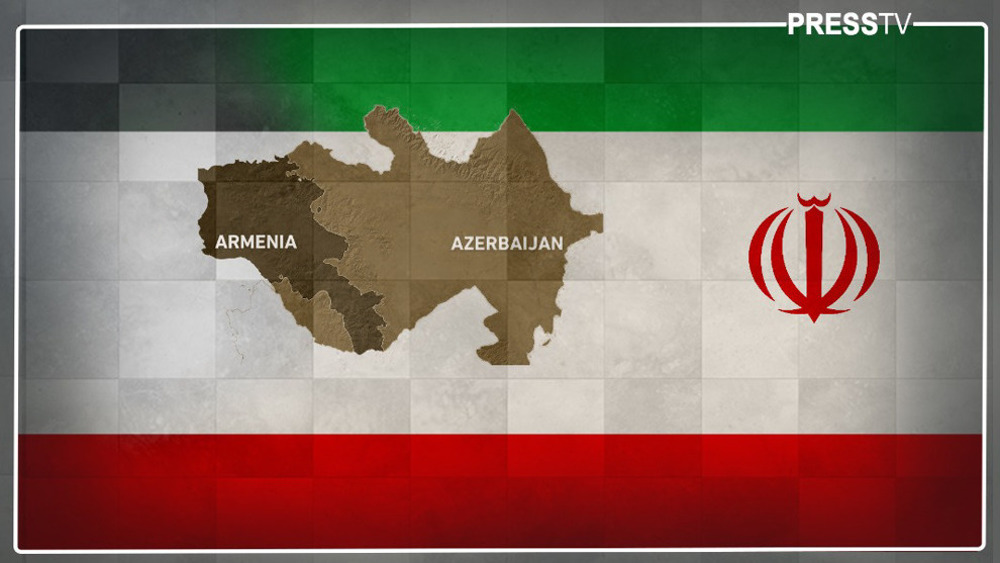






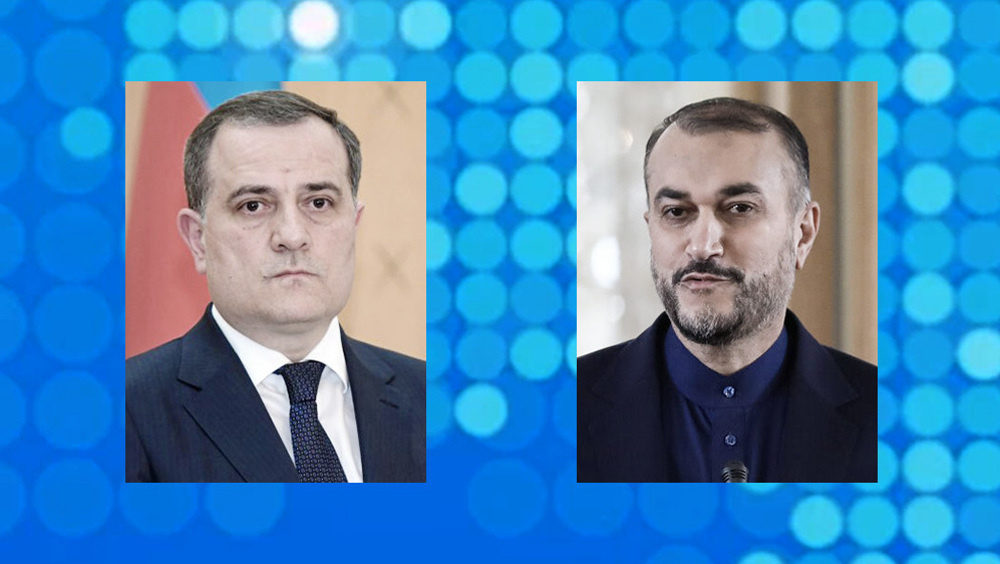
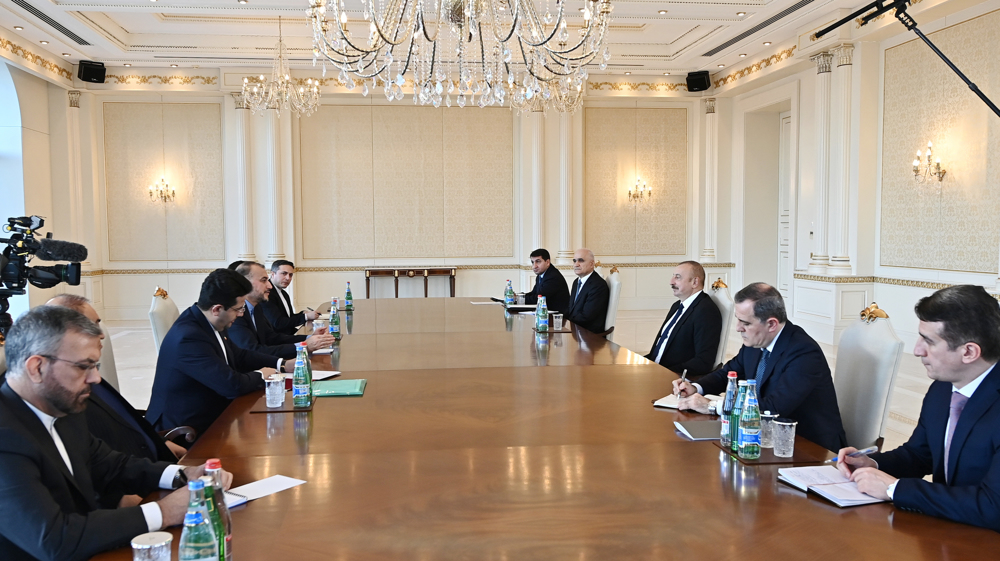

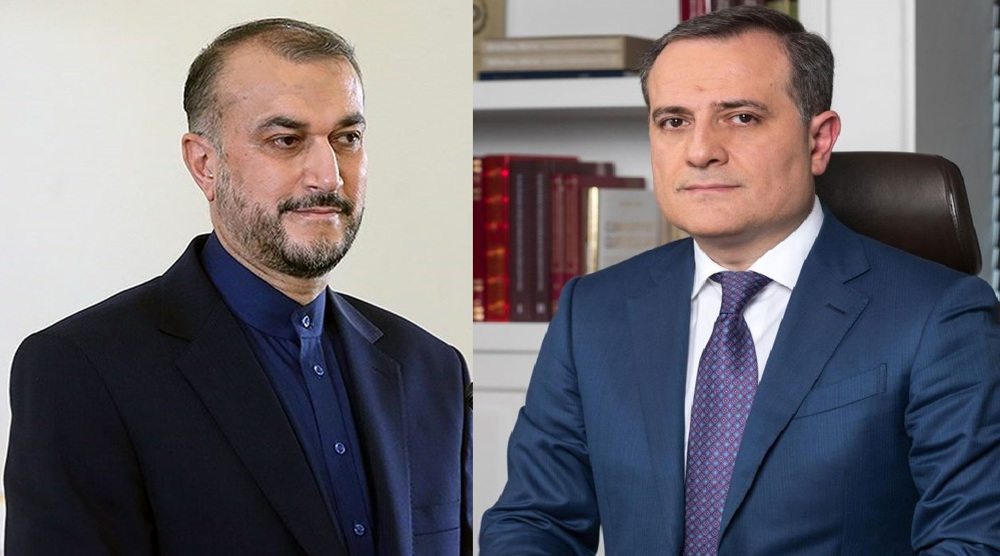
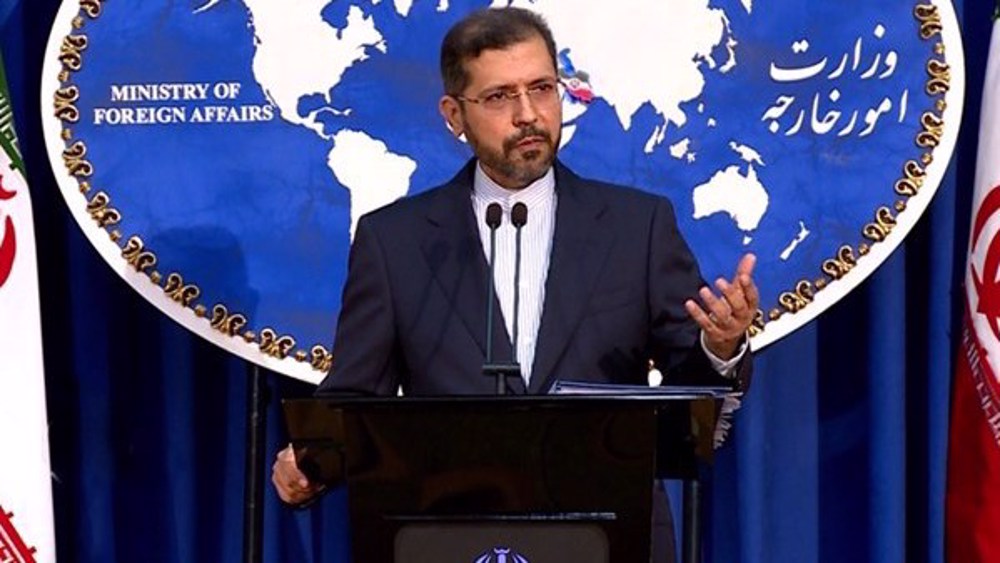

 This makes it easy to access the Press TV website
This makes it easy to access the Press TV website